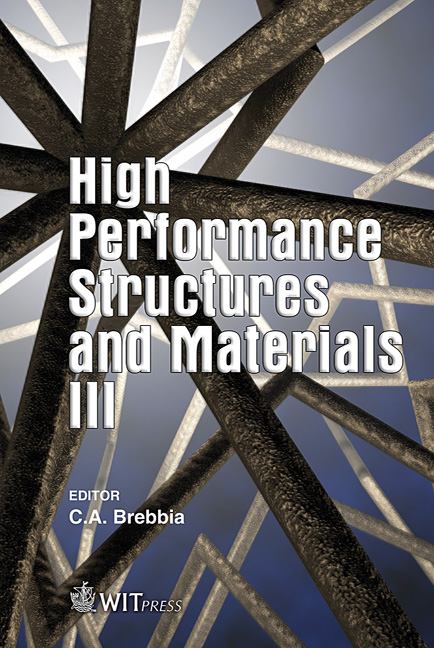The Optimization Of A Truss Facade
Price
Free (open access)
Transaction
Volume
85
Pages
7
Published
2006
Size
2,768 kb
Paper DOI
10.2495/HPSM060621
Copyright
WIT Press
Author(s)
B. Verbeeck ,W. P . DeWilde & Ph. Samyn
Abstract
This paper presents the study of a facade. One of the aims of the designing team is the minimisation of the weight of the facade. Due to architectural constraints, the geometry of the facade is fixed to a highly statically indeterminate truss. Therefore, the minimisation of the weight of the facade is limited to a section optimisation. The objective function is the indicator of volume. Since the number of members is of the order of 1000, exhaustive search methods are impractical. We used a simple iterative process to find optimal sections. In the first iteration all sections are equal. This allows the forces to flow through the facade as if the facade has a constant stiffness. In the next iterations sections are adapted to the forces that arise from the previous iteration. This method quickly converges to an optimal section layout. The results of this method are corroborated by a genetic algorithm.We find that the truss facade with optimal sections consumes less material than an arch with push rods, that transfer the forces to the arch. Furthermore, the influence of buckling can be ignored. Keywords: morphological indicators, optimization, genetic algorithm, statically indeterminate, truss. 1 Introduction This paper describes a methodology to optimize sections of a (highly) indeterminate truss. It is especially applicable for fixed geometries, where only sections need to be optimized. The method is iterative and consists of updating the stiffness of the members according to forces in that member in the previous iteration. The main advantage of this process is that it consumes considerable less time than an ordinary optimization algorithm (genetic algorithm). Typically it will take the process on the order of 10 iterations before convergence occurs. This means that
Keywords
morphological indicators, optimization, genetic algorithm, statically indeterminate, truss.





